Monthly Archives: January 2024
SOURCE: IDRW.ORG TEAM


The 76th Indian Army Day witnessed not just a display of military might but also a glimpse into the Army’s increasingly sophisticated electronic intelligence (ELINT) capabilities. The showcased interface, pictured above, offered a fascinating window into the world of real-time data and analytics that empower the Army’s crucial information gathering efforts.
The interface’s metrics paint a vivid picture of the system’s active operations. With 248 “Total Radars” and 26 “Active Today,” it’s clear that the system is constantly monitoring and analyzing electronic signals across a vast spectrum. The “Highest Activity” in the “5 Corps” further reveals a focused attention on a specific area of interest. These real-time insights empower commanders with the ability to make informed decisions, respond swiftly to threats, and maintain situational awareness in a dynamic battlefield environment.
Continue readingSOURCE: IDRW.ORG TEAM
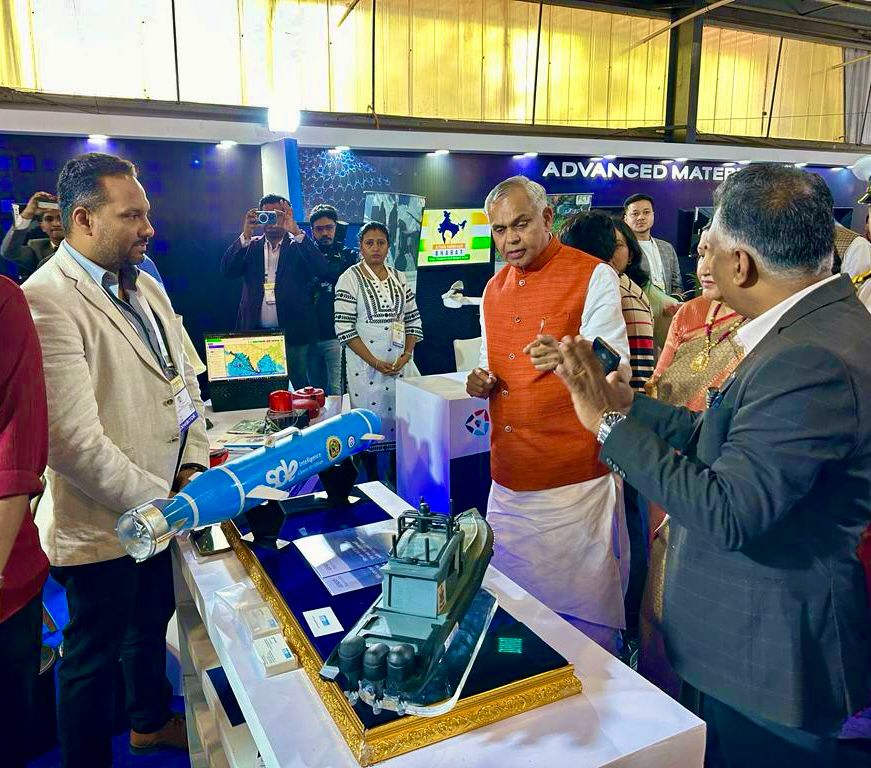

Amidst the dazzling displays of culture and commerce at the Vibrant Gujarat summit, Sagar Defence Engineering stole the show with a glimpse into the future of underwater warfare: its Autonomous Swarm (AUTONOMOUS SWARM) technology. This groundbreaking system unleashes a coordinated attack of intelligent underwater drones, promising to revolutionize mine countermeasure operations and redefine naval combat.
AUTONOMOUS SWARM is not just a single drone; it’s a coordinated ballet of unmanned underwater vehicles (UUVs) working in unison. These agile drones, equipped with advanced sensors and AI algorithms, work together to locate, identify, and neutralize underwater mines with unprecedented efficiency and precision.
Continue readingSOURCE: RAUNAK KUNDE / NEWS BEAT / IDRW.ORG
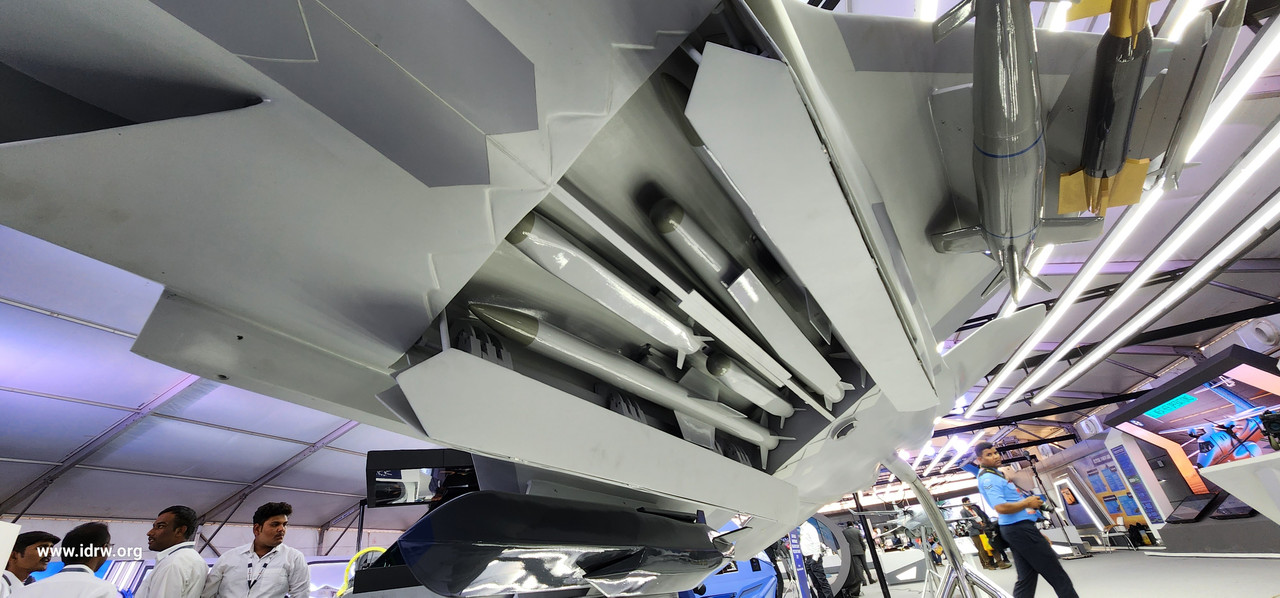

While Asian giants like China, Korea, Turkey and Japan have taken the lead in the 5th generation fighter jet race, India’s Advanced Medium Combat Aircraft (AMCA) program seems content to be the last entrant. However, the complacency doesn’t extend to the 6th generation, where experts warn the Indian Air Force (IAF) risks falling even further behind.
With countries like France, the UK, the US, France and even Turkey announcing ambitious 6th generation programs, India remains curiously passive. Defence expert Ranesh Rajan points out the IAF’s “wait and see” approach, relying on others to define the technology and capabilities of the next generation, rather than actively shaping its vision. This wait-and-watch could leave India playing catch-up yet again.
Continue readingSOURCE: RAUNAK KUNDE / NEWS BEAT / IDRW.ORG
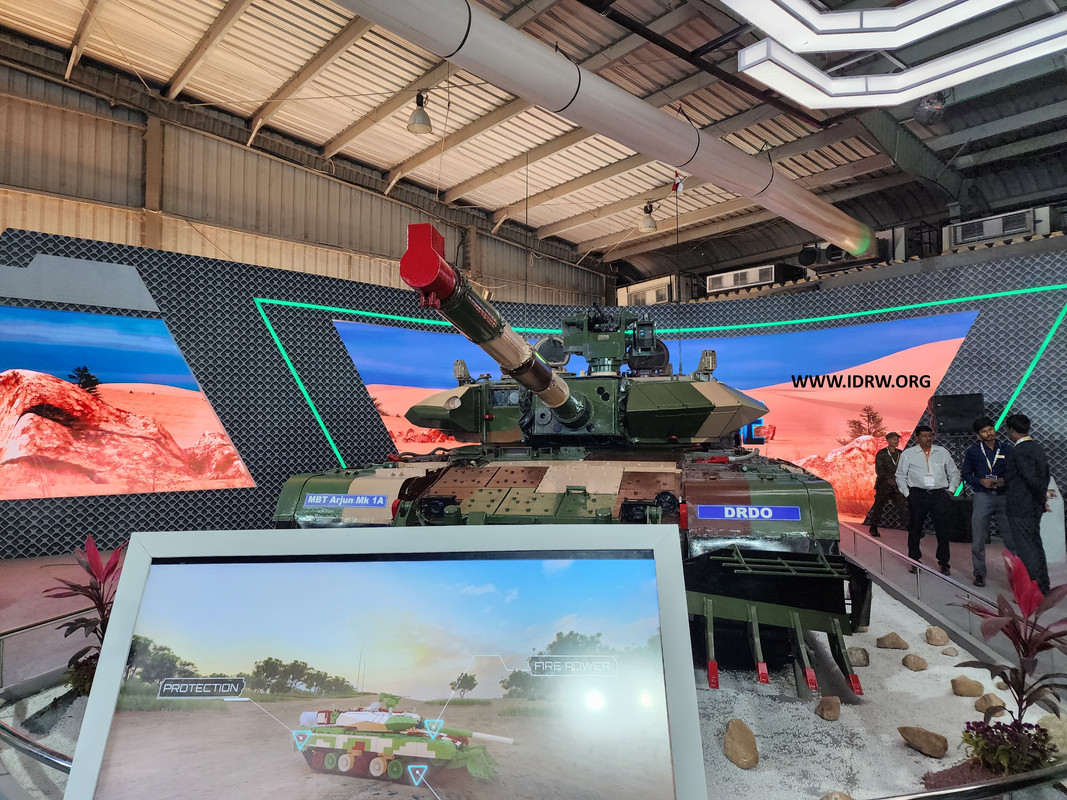

The Indian Army is set to receive its first domestically produced Arjun Mk-1A tanks later this year, marking a significant milestone in its quest for armoured dominance. However, the focus has already shifted to the next frontier: the Arjun Mk-II, a lighter and more agile variant designed with the evolving battlefield realities in mind.
The 118 Arjun Mk-1A tanks, ordered in 2020, represent a substantial upgrade over the Mk-1 variant. They incorporate 72 improvements suggested by the Army, enhancing firepower, mobility, and survivability. However, the Mk-1A’s weight, at 68.6 tons, remains a concern, limiting its manoeuvrability in certain terrains.
Continue readingSOURCE: RAUNAK KUNDE / NEWS BEAT / IDRW.ORG


India and Japan took a significant step towards bolstering their defence cooperation recently, as Mazagon Dock Shipbuilders Limited (MDL) hosted a delegation from ATLA Japan. The high-level discussions, led by Mr. Wada Yoshiaki from ATLA, explored potential avenues for future collaboration between the two Countries.
The talks focused on a mutually beneficial partnership in the development of undersea platforms, encompassing a range of defence applications. This collaboration holds immense potential for both nations, leveraging their respective expertise in maritime technologies and addressing shared security concerns in the Indo-Pacific region.
Continue readingSOURCE: IDRW.ORG TEAM


The Indian Air Force (IAF) is spreading its wings with unwavering confidence, aiming to achieve self-reliance in cutting-edge fighter jet technology. In a recent statement, Air Chief Marshal VR Choudhary expressed unwavering optimism about the development of the Advanced Medium Combat Aircraft (AMCA), India’s ambitious fifth-generation fighter program.
“We are confident in the development program of the nation and are confident that the AMCA program can be developed in the country,” asserted Choudhary, his words echoing the IAF’s unwavering commitment to indigenous defense manufacturing.
Continue readingSOURCE: IDRW.ORG TEAM


For India’s defense research and development, understanding the precise behavior of weaponry is crucial. Enter Tesscorn Systems India Private Limited, a Bangalore-based company whose advanced Photron High-Speed Cameras have become vital research tools in DRDO proof ranges.
These “speed demons,” as they’re called, capture the fleeting moments of weapon performance, from the crack of a firearm to the fiery flight of a missile. By tracking targets with pinpoint accuracy, they generate an intricate tapestry of data – projectile velocity, trajectory, aerodynamic characteristics – allowing researchers to meticulously assess the effectiveness of weapon systems.
Continue readingSOURCE: RAUNAK KUNDE / NEWS BEAT / IDRW.ORG


India’s quest for self-reliance in advanced aerial warfare takes a major step forward with the Defense Research and Development Organisation (DRDO) and French aerospace giant Safran engaged in crucial talks regarding the engine for the nation’s fifth-generation fighter jet, the Advanced Medium Combat Aircraft (AMCA).
Safran’s offer of 100% Transfer of Technology (ToT) marks a significant shift in India’s defense partnerships. This implies complete access to the engine’s blueprints and manufacturing know-how, fostering crucial domestic capabilities. Further sweetening the deal, India will actively participate in the engine’s core design and metallurgy, gaining invaluable experience in cutting-edge aeronautical engineering.
Continue readingSOURCE: RAUNAK KUNDE / NEWS BEAT / IDRW.ORG


GE Aerospace, a key partner in India’s Light Combat Aircraft (LCA) Tejas program, is gearing up for performance upgrades on the F404-IN20 engines powering the fighter jet. This move aims to enhance operational efficiency and potentially reduce lifecycle costs for the Indian Air Force.
While details remain under wraps, the planned advancements likely involve software upgrades and specific engine tweaks. While any increase in thrust levels can be ruled out. The focus, however, seems to be on optimizing existing functionalities and squeezing out greater efficiency from the F404-IN20.
Continue readingSOURCE: RAUNAK KUNDE / NEWS BEAT / IDRW.ORG


The Defence Research and Development Organisation (DRDO) is aiming to revolutionize aerial defence with a game-changing weapon: a lightweight, 100-kilowatt Directed-Energy Weapon (DEW). This powerful laser promises to provide a cost-effective and nearly limitless solution to neutralize low-flying drones, like those deployed by Russian forces in the Ukraine War.
Imagine a laser mounted on a nimble 8×8 truck, accompanying troops on the move. This is the vision for the 100-kW DEW, offering mobile protection against a growing threat: loitering ammunition and armed quadcopters. These small, agile drones can wreak havoc on unsuspecting forces, but a swift zap from the DEW could render them harmless before they get too close.
Continue readingSOURCE: IDRW.ORG TEAM


While the global jet market buzzes with the F-35A’s price dipping below $80 million, the Indian Air Force (IAF) remains unmoved. Even with this tempting offer, India maintains its plans for the much pricier Dassault Rafale and its unwavering focus on developing its own 5th-generation Advanced Medium Combat Aircraft (AMCA). This decision, seemingly defying cost logic, reflects the IAF’s strategic priorities and long-term vision.
At over $115 million per unit, the Rafale remains a premium choice. However, it has proven its combat prowess in Syria and Libya, earning the IAF’s trust. Concerns lie in its operating costs, estimated at $16,500 per flying hour, compared to the F-35’s $41,986. Though seemingly higher in acquisition, Rafale’s lower operating costs offer long-term economic viability.
Continue readingSOURCE: IDRW.ORG TEAM
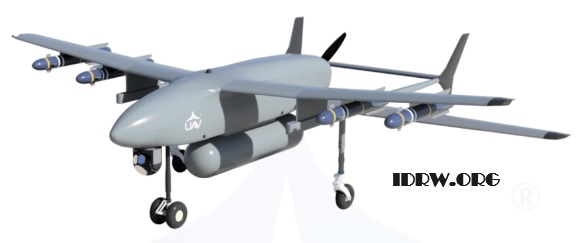

Hyderabad-based UAV TECH PRIVATE LIMITED has recently introduced the M165 series, showcasing its prowess in unmanned aerial vehicle (UAV) technology. The M165 series encompasses a range of capabilities, from long-range military operations to versatile cargo and logistics solutions. In this article, we delve into the key features and specifications of the M165 series, with a focus on the ISTAR variant, as well as the VTOL and STOL variants designed for cargo and logistics applications.
The M165 ISTAR variant stands out as a specialized tactical UAV designed for long-range military operations. With a wingspan of 4.5 meters, a length of 3.4 meters, and a height of 1.1 meters, this UAV boasts impressive performance characteristics. It can take off in less than 50 meters of runway distance and reach an altitude of up to 16,000 feet in just 12 minutes.
Continue readingSOURCE: RAUNAK KUNDE / NEWS BEAT / IDRW.ORG


The recent successful test-firing of a BrahMos cruise missile from a frontline warship in the Bay of Bengal has sparked widespread speculation about a potential breakthrough in its range capabilities. While official confirmation remains elusive, several clues suggest this may be the first test of an extended-range BrahMos, marking a significant leap in India’s offensive firepower.
Traditionally limited to a range of 290 kilometers due to Missile Technology Control Regime (MTCR) regulations, the BrahMos missile received a range boost to 450 kilometers after India joined the MTCR in 2016. However, DRDO officials have consistently hinted at the potential for further range expansion through hardware upgrades, targeting a groundbreaking 800 kilometers.
Continue readingSOURCE: RAUNAK KUNDE / NEWS BEAT / IDRW.ORG
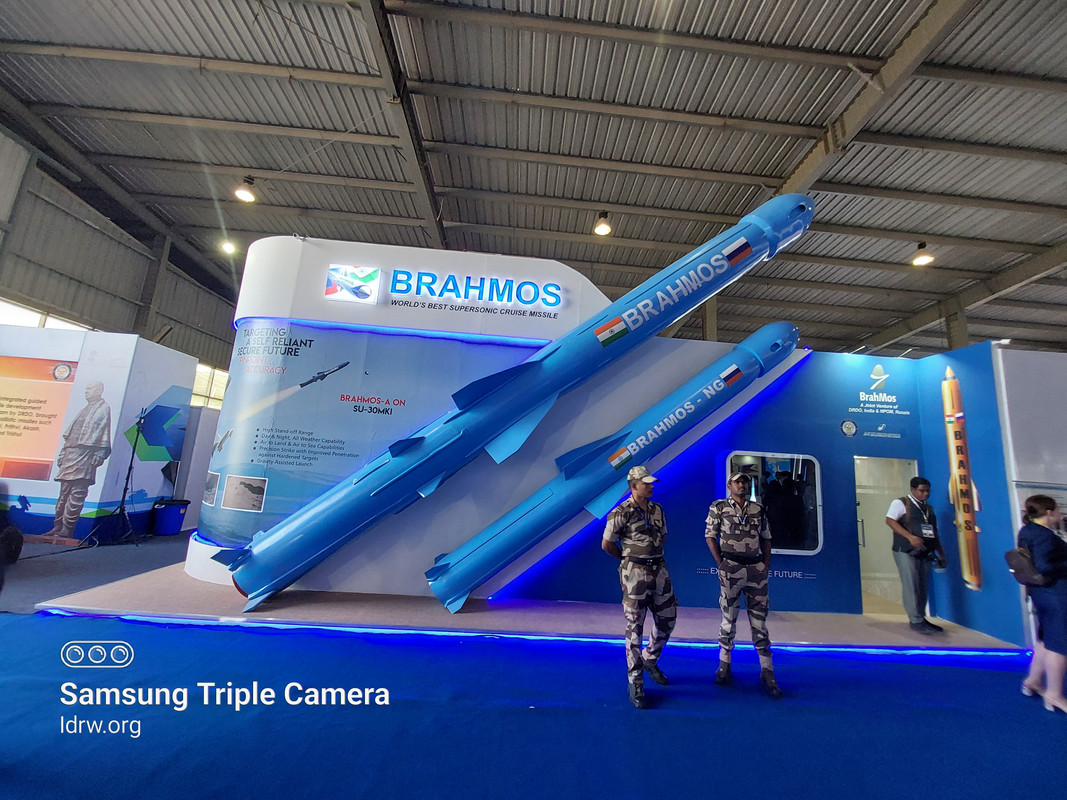

In a breakthrough for Indian defence capabilities, the Defence Materials and Stores Research and Development Establishment (DMSRDE) has successfully developed indigenous liquid fuel for the BrahMos supersonic cruise missile. This critical achievement marks a significant step towards self-reliance in advanced weaponry and reduces dependence on imports.
Previously, the BrahMos missile relied on liquid fuel sourced from Russia, raising concerns about vulnerabilities and potential supply chain disruptions. The DMSRDE’s indigenously developed fuel liberates India from this dependence, enhancing operational freedom and strategic autonomy.
Continue readingSOURCE: RAUNAK KUNDE / NEWS BEAT / IDRW.ORG


Azerbaijani media has sparked speculation with footage of tarpaulin-covered trucks moving from the Iranian village of Juffa towards Armenia on January 17, 2024. The claim? This convoy carries military cargo potentially originating from India, raising questions about the nature and purpose of the movement.
While Azerbaijani media alleges the cargo includes an Indian weapons system, it has been speculated from Indian Defence analysts that it could be TC-20 MGS howitzers manufactured by Indian defence company Bharat-Forge, this claim remains unverified. Several factors contribute to the uncertainty:
Continue reading